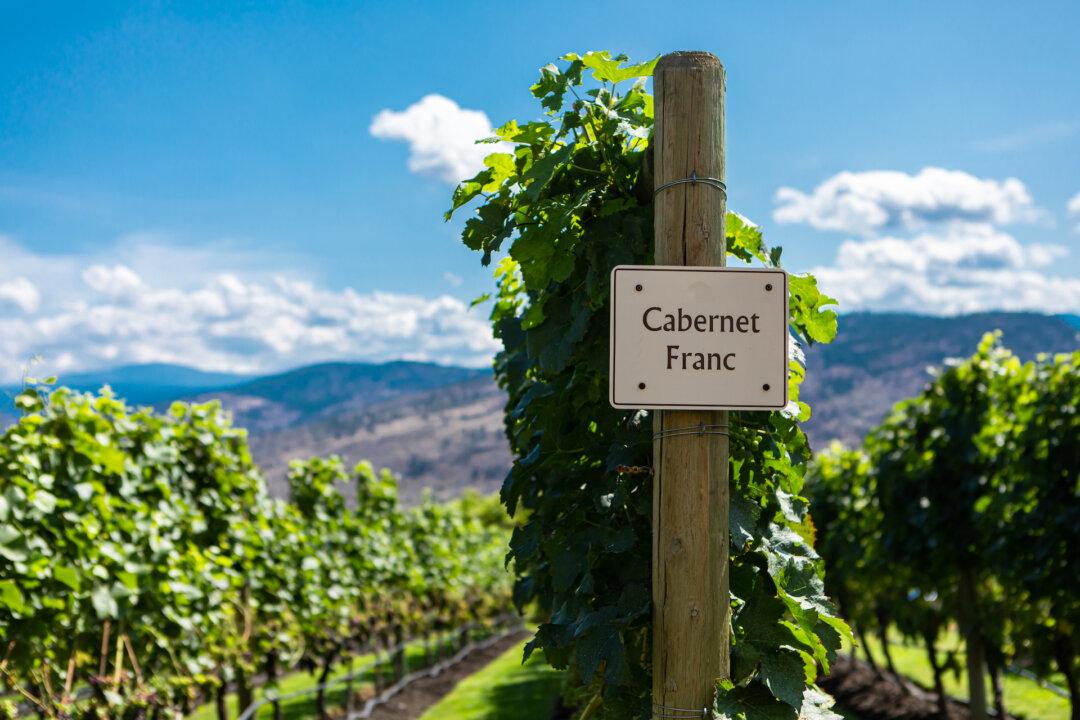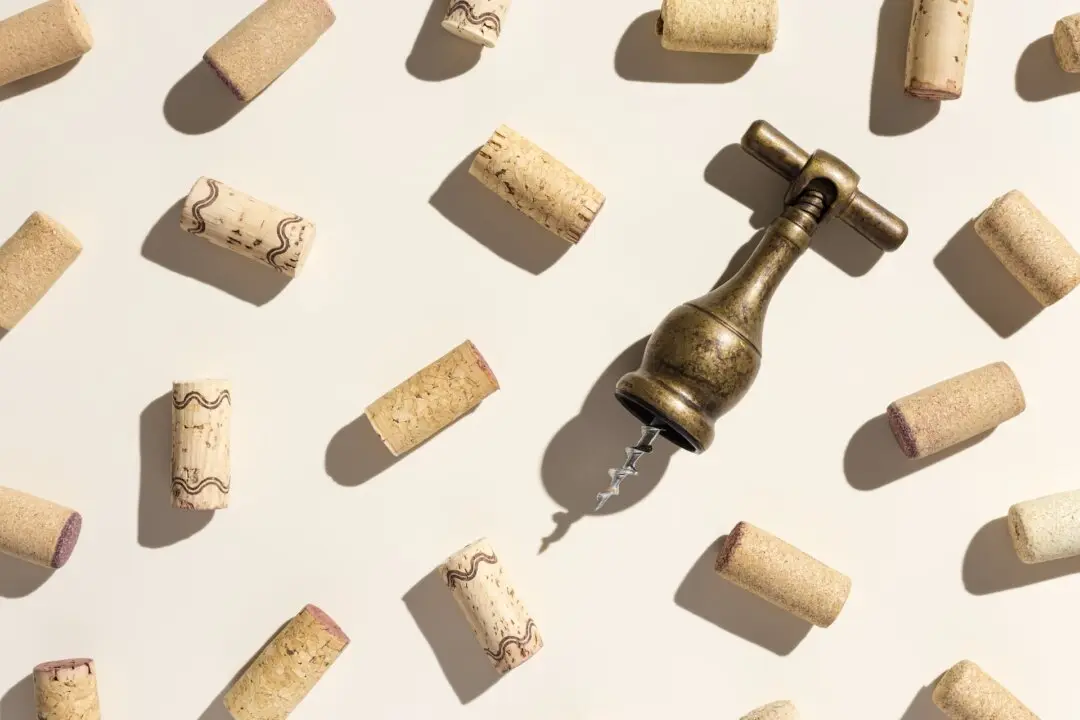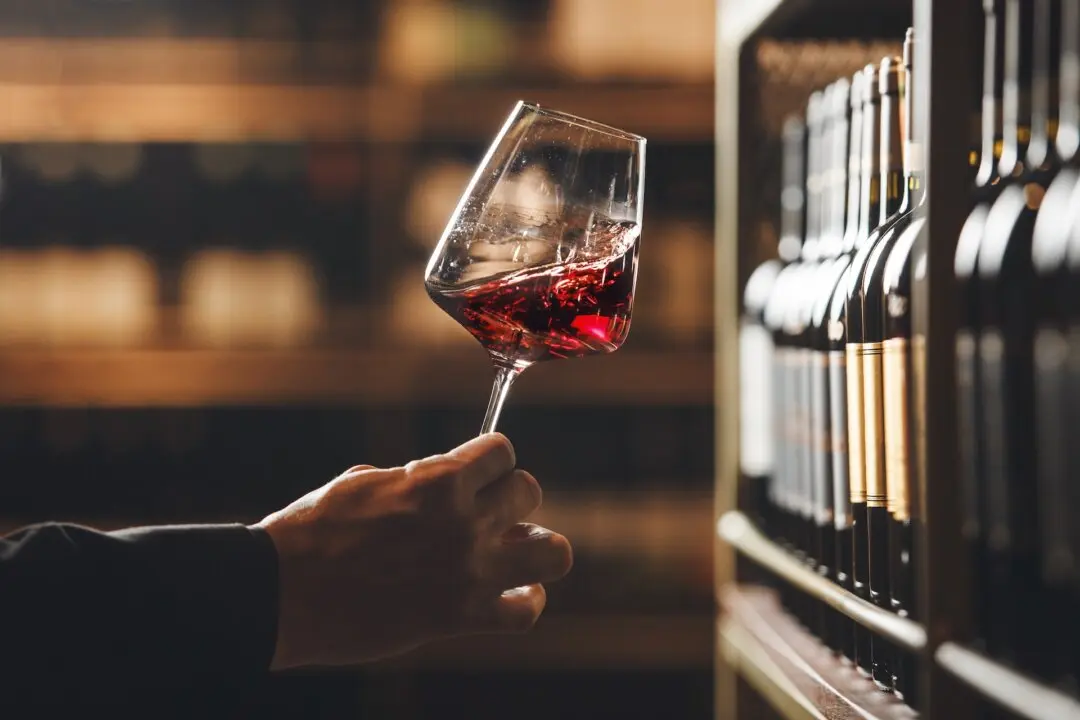One of the fastest-selling wines in the United States over the last two decades has been cabernet sauvignon. But as climate change impacts the vineyards, that may well have to change.
Cabernet will not decline, of course. Its impact in the marketplace is simply too significant. However, what will be happening, probably slowly in the next decade, will be an increase in the appearance of a family grape called cabernet franc, which actually is one of the genetic parents of cabernet sauvignon.





